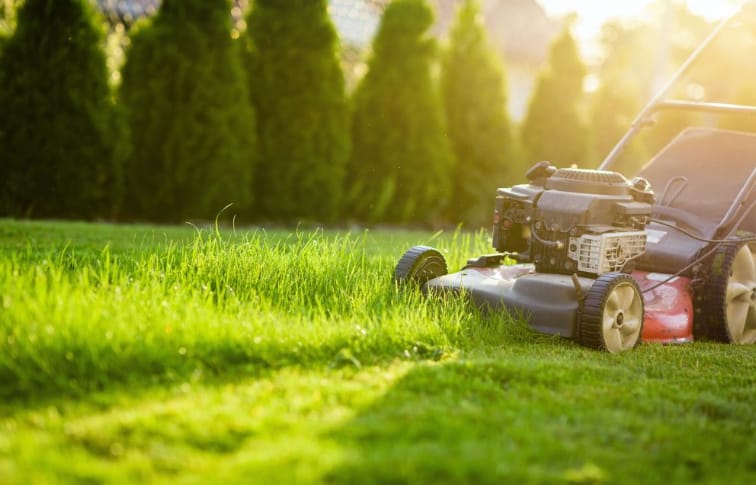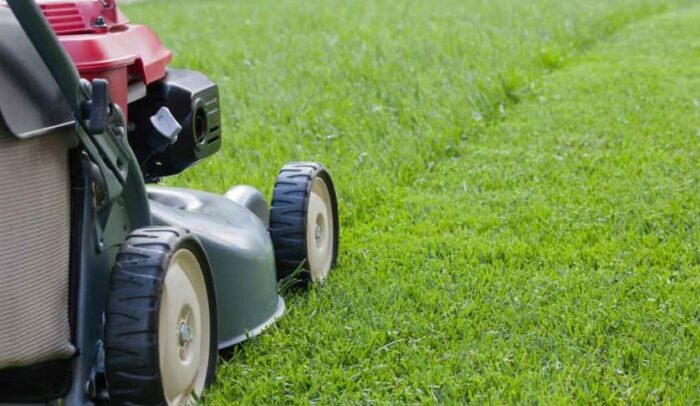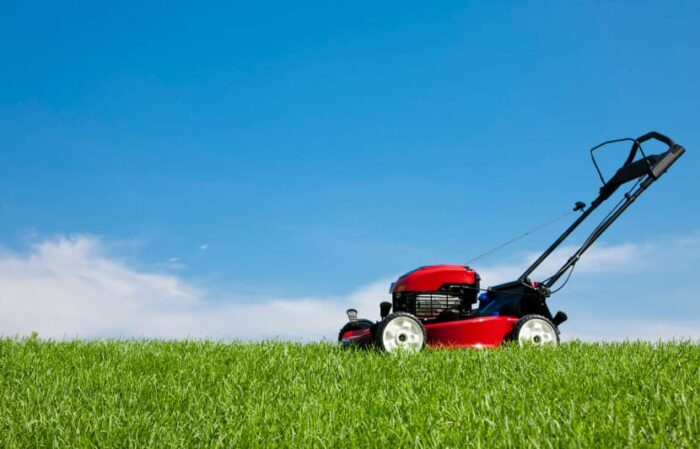Having a lush, verdant yard is every homeowner’s dream – a personal slice of paradise where one can relax and breathe in the beauty of nature right at home. Keeping this oasis of greenery in peak condition, however, requires more than just regular watering and leaf raking.
Among the most essential routines in lawn care is mowing, a seemingly basic task that can impact the health and aesthetics of your yard if carried out properly.
Whether you’re a green thumb or a gardening novice, this comprehensive guide will give you insights into maintaining the perfect lawn through effective mowing. Read on and discover how to elevate your lawn game, ensuring every blade of grass in your yard is well-tended and beautiful.
Understanding the Basics of Lawn Mowing

Without proper knowledge and skills, even the simplest task of lawn mowing can turn dreadful for your yard. Misinformed mowing methods, such as cutting too close or mowing when the lawn is wet, can lead to an unhealthy lawn with stunted growth. The basics start with knowing when and how to mow, which we will unravel in this section.
While understanding the optimal time to mow is essential, one might wonder, “Is it illegal to mow your lawn early in the morning?” Regulations vary by location, but generally, there are no strict laws against early morning mowing.
The best time to mow is usually in the late evening or early morning when the sun is not too intense and the grass is fairly dry. This is because harsh sunlight combined with fresh cuts can stress the grass. But be sure to consider your neighbors’ peace and quiet if you choose to mow early in the morning.
As for how to mow, maintain a high and consistent cut. Never remove more than one-third of the grass blade in a single mow, as this can starve the grass of vital nutrients needed to thrive.
The Science Behind Grass Growth

Grass isn’t a one-size-fits-all scenario; its growth depends on several factors, such as its species, weather conditions, and environment. Under ideal conditions, grass cells multiply and elongate, causing the grass blade to rise.
But when grass is cut, its growth is concentrated on regenerating the cut blade, not on root development or spreading. Therefore, regular mowing can actually stimulate denser growth, enhancing your lawn’s lush appearance.
Understanding this physiology is crucial, as it provides a scientific guide for your mowing habits. For instance, adjusting your mowing height and frequency according to seasonal weather changes can greatly help in maintaining the health and vitality of your lawn.
Choosing the Right Mower for Your Lawn
The type of mower you use plays a crucial role in determining the quality of your lawn care. From the traditional reel mowers to the modern robotic ones, we will weigh the pros and cons of each type, guiding you to choose the right equipment that fits your lawn’s characteristics and needs.
| Type of Mower | Pros | Cons |
| Reel Mowers | Environmentally friendly, no fuel or emissions | Requires more physical effort |
| Quieter operation, less disturbance to neighbors | May not perform well on uneven terrain | |
| Provides a cleaner cut, healthier for grass | Not ideal for larger lawns, time-consuming | |
| Gas-Powered Mowers | Powerful and efficient, suitable for larger areas | Emits greenhouse gases, not environmentally friendly |
| Performs well on uneven terrain | Can be noisy and disruptive | |
| Wide range of models available | Requires regular maintenance and fuel investment | |
| Robotic Mowers | Convenient autonomous operation | Costly upfront |
| Programmable scheduling and area mapping | May struggle with complex landscape features | |
| Eco-friendly (most models are electric) | Requires a reliable power source and may need recharging |
Mastering the Art of Mowing

Mowing isn’t just about keeping your lawn short and neat, it’s an art that involves techniques for height, direction, and frequency.
1. Perfecting Mowing Height
Just like how a hairstyle can transform a person’s look, the height at which you mow your lawn can significantly impact its health and appearance.
The ideal mowing height varies depending on the grass type, but, as mentioned earlier, a good rule of thumb is to never cut more than one-third of the grass blade at a time.
Mowing at a higher height helps grass develop a deep root system, which makes it stronger and more drought-resistant.
2. Mowing in the Right Direction
Believe it or not, the direction in which you mow matters. It’s best practice to change your mowing direction with each cut.
This encourages the grass blades to grow more vertically, avoiding a lean in one direction. Plus, it can prevent soil compaction and the formation of ruts in your lawn from repeated equipment tracks.
3. Figuring Out Mowing Frequency
How often you should mow isn’t set in stone. Rather, it depends on factors such as the type of grass, the time of year, and the growth rate of your lawn.
During peak growing seasons, you may have to mow more frequently – perhaps even once a week. In cooler seasons, the grass’s growth will slow, and mowing can be less frequent.
Addressing Common Lawn Mowing Problems
Even with the most careful mowing, you might encounter some issues. Don’t despair; this part will provide solutions to your mowing troubles.
| Problem | Solution |
| Dull Mower Blades | Regularly inspect and sharpen your mower’s blades, or replace them if they’re beyond repair. |
| Irregular Stripes | Ensure your mower is at the right height and make sure to alternate your mowing direction with each session. |
| Scalping | Adjust your mower to a higher setting to avoid cutting the grass too short. |
| Clumping | Use a mulching mower or ensure clippings are scattered evenly across the lawn. |
| Mower Won’t Start | Regular maintenance, such as changing the fuel, oil, and air filters as per the manufacturer’s instructions, can help avoid this problem. |
Remember, correct mowing practices are a proactive way of addressing most common lawn problems, and being aware of these issues and their solutions can save you both time and stress.
Seasonal Lawn Care: Adapting Mowing Practices Throughout the Year

Different seasons call for different mowing practices. Grass growth varies from spring to winter, and your mowing routine should adapt accordingly.
In spring, when grass growth is at its peak, you may need to mow your lawn more frequently – as often as once a week. As summer approaches, raise your mower’s cutting height to help the grass retain moisture during the hotter months.
During the fall, you can gradually lower the cutting height again but remember to rake up fallen leaves that can smother the grass. In winter, mowing needs will significantly reduce or even pause as the grass enters its dormant stage.
By understanding these seasonal needs and adapting your lawn mowing accordingly, you will not only maintain a lush and healthy lawn but also ensure that your lawn remains beautiful and resilient throughout the year.
Wrapping Up
Mowing your lawn is more than just an ordinary chore, it’s a crucial part of lawn maintenance that defines the health and appearance of your yard.
While the task may seem straightforward, it requires careful attention to details like the mowing height, frequency, equipment condition, and season.
Mastering these elements can transform your everyday mowing routine into an art, honing a lush, vibrant lawn that thrives all year round.
 Jessica Paster The Future is Green
Jessica Paster The Future is Green